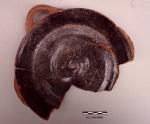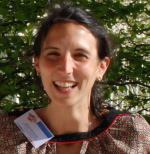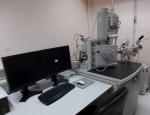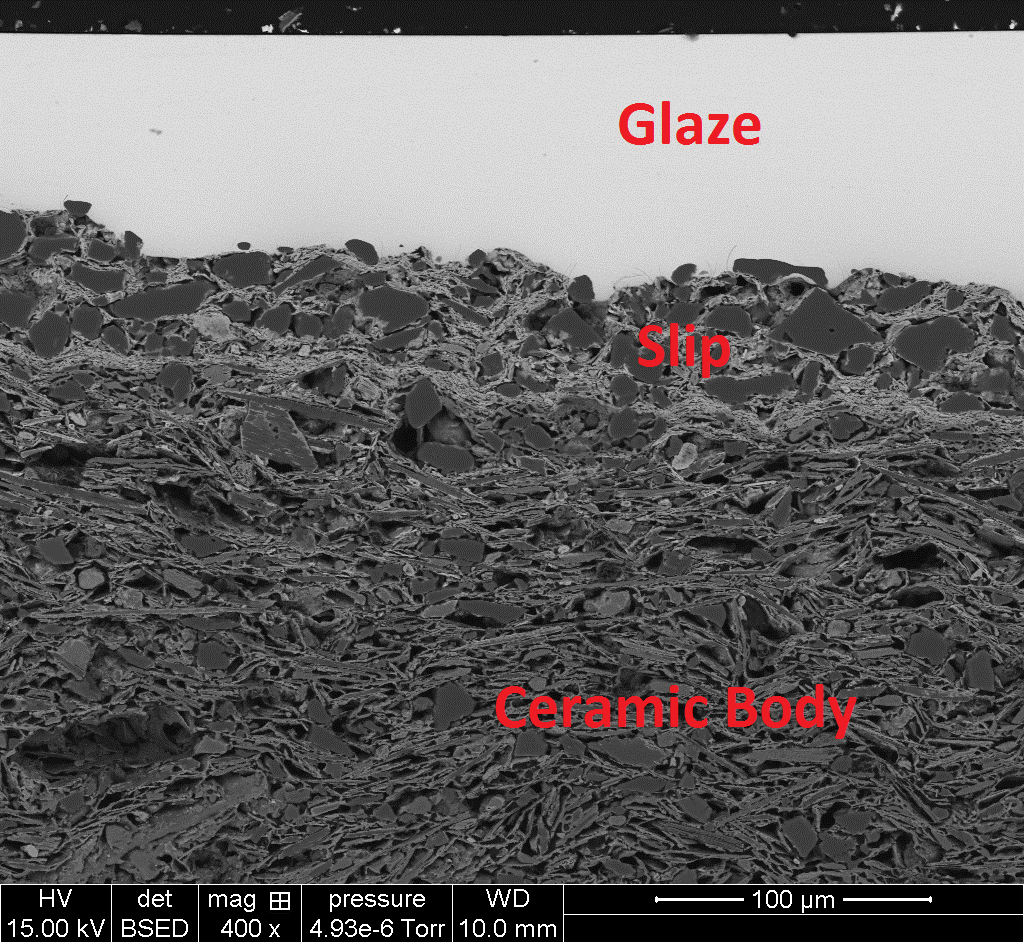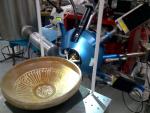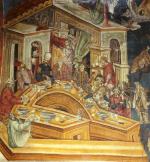The final conference of the POMEDOR project "People, Pottery and Food in the Medieval Eastern Mediterranean", funded by the French National Research Agency (ANR), will take place in Lyon on 19-21 May 2016.
The conference will give us the opportunity to present the results of the program as well as research on related topics, to discuss recent advances and further research.
Maurice Picon passed away on November 16th.
He was a pioneer, as one of the founders of archaeometry in France, and especially of provenance studies of ceramics, which he developped as the Director of the "Laboratoire de Céramologie" in Lyon. The concepts and tools he created have been the backbone of archaeological ceramics analysis since the 1970's.
The POMEDOR project owes him tremendously.
... are moving forward, with the first results of Anastasia Shapiro, seen here preparing thin sections, on POMEDOR samples.
This first batch studies the tradition of using calcareous clays between the early Islamic and the early Crusader periods, through the characterization of archaeologically identified workshops.
Yona Waksman and Jacques Burlot went to the Centre de Recherche et de Restauration des Musées de France (C2RMF) in Paris, in order to analyze Byzantine and Early Turkish ceramics coming from archaeological sites (Ephesos, Pergamon, Sardis, Iznik) and from museum collections (Cité de la Céramique, Sèvres). The study was carried out with the collaboration of Anne Bouquillon (C2RMF) and of Laurence Tilliard (Cité de la Céramique, Sèvres). It proposed to investigate provenance and technologies of different ceramic types such as Aegean ware and Miletus ware.
Philippe Trélat posted on the POMEDOR members website (see "Network") a program-questionnaire for a historical survey, elaborated with the help of Nicolas Trépanier, Ilias Anagnostakis and Yona Waksman. The following areas of research are proposed:
1. The choice of cultivated plant species and livestock and hunted animals
2. Places of distribution
3. Methods of food preservation
4. Cultural values of different cooking methods
5. Changing dietary boundaries between communities



